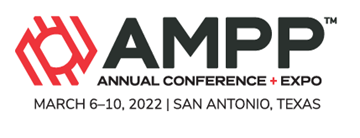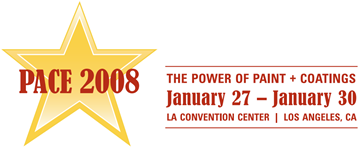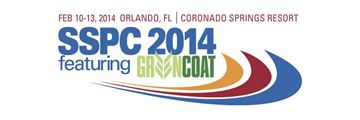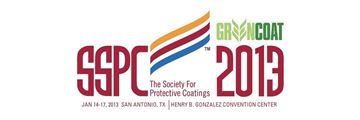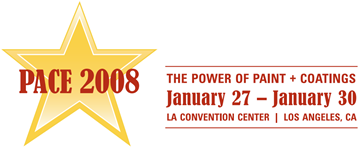Search
Individual Conference Papers
View as
Sort by
Display
per page
Quantitative Test Method For Vapor Inhibiting Ability Of Volatile Corrosion Inhibitors
Product Number:
51322-17860-SG
Publication Date:
2022
$20.00
Raising the Standard for Bridge Coatings in the State of Florida
Product Number:
41206-224-SG
Publication Date:
2006
$20.00
Raman and FT-IR Based Methodology Development to Assess Flexible Pipelines Pressure Barrier Degradation in Offshore Installations of the Oil and Gas Industry
Product Number:
51323-18997-SG
Publication Date:
2023
$20.00
Rapid Installation of Replacement Connection Plates on the County of Placer/Foresthill Road Bridge - A Novel Engineered Approach to a Unique Set of Challenges
Product Number:
41214-862-SG
Publication Date:
2014
$20.00
Rapid Microbial Detection, Quantification and Control
Product Number:
51320-14600-SG
Publication Date:
2020
$20.00
REACH and Its Grasp on the Protective Coatings Industry
Product Number:
41213-778-SG
Publication Date:
2013
$20.00
Reactive to Proactive Transformation - A New Paradigm in Corrosion Management
Product Number:
51323-19106-SG
Publication Date:
2023
$20.00
Real Time Corrosion Monitoring for High Sour Applications
Product Number:
51321-16384-SG
Publication Date:
2021
$20.00
Real Time Sour Water Corrosion Prediction for Fluid Catalytic Cracking Overhead System
Product Number:
51323-18785-SG
Publication Date:
2023
$20.00
Real World Performance Evaluation of Protective Linings for Concrete in Severe Wastewater Collection System and Treatment Plant Exposure Conditions
Product Number:
41208-436-SG
Publication Date:
2008
$20.00

